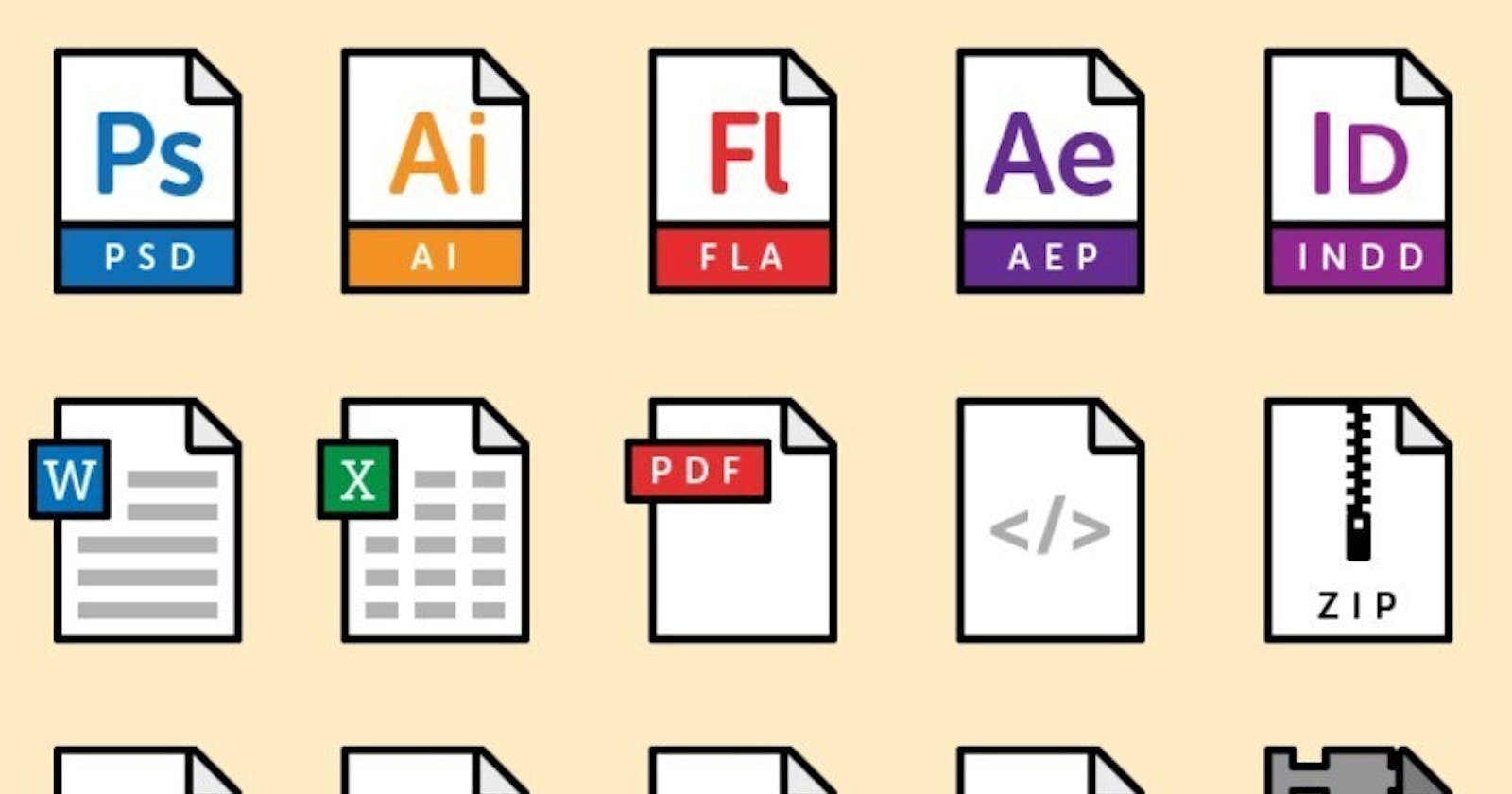Introduction
MIME (Multipurpose Internet Mail Extensions) types are an essential part of Internet communication, enabling the identification and classification of files based on their nature and format. Initially designed for email attachments, MIME types have become vital in various internet protocols, such as HTTP and Data URIs, to ensure proper handling and interpretation of content.
What are MIME Types?
MIME types are standardized labels used to specify the type and format of files being transmitted over the internet. They help computers and applications identify how to handle the content they receive. MIME types are represented as strings composed of two parts: a primary type and a subtype, separated by a forward slash (/). For example, "text/html" represents an HTML document, where "text" is the primary type and "HTML" is the subtype.
MIME Type Format
The general format of a MIME type is as follows:
primary-type/subtype [; parameters]
The primary type indicates the general category of the content, while the subtype refines it further. Optional parameters can provide additional information, such as character set encoding or version details.
For example:
"
image/jpeg" is a MIME type for JPEG image files."
application/pdf" is a MIME type for PDF documents."
text/plain; charset=utf-8" specifies a plain text document encoded using the UTF-8 character set.
MIME types are case-insensitive, meaning "text/html" is equivalent to "TEXT/HTML."
Common MIME Types
A wide range of MIME types exist to represent different types of files. Some common MIME types include:
text/plain: Denotes plain text files, typically without any formatting or special structure.text/html: Represents HTML documents used to render web pages.application/pdf: Stands for PDF (Portable Document Format) documents.image/jpeg: Identifies JPEG image files, which are widely used for images and photographs.audio/MPEG: Refers to MP3 audio files, a popular format for music and audio.video/mp4: Represents MP4 video files, commonly used for videos on the web.application/json: Used for JSON (JavaScript Object Notation) data, a lightweight data-interchange format.
This is just a small selection of MIME types, and there are many others used for different file formats.

How MIME Types are Used
MIME types are employed in various internet protocols to ensure proper content handling:
Email Communication: In email communication, MIME types are used to identify the types of file attachments, allowing email clients to interpret and present the attachments correctly to the recipients.
HTTP: When a web server responds to an HTTP request, it includes a "Content-Type" header in the response to specify the MIME type of the content being sent. This helps the client's browser determine how to handle and display the received data.
Data URI: In Data URIs, MIME types are used to indicate the media type of the embedded content directly within a URL. This is useful for embedding images or small data files directly into web pages.
Content-Type Header: In addition to HTTP, the "Content-Type" header is utilized in other communication protocols to specify the MIME type of data being exchanged.
Importance of MIME Types
MIME types play a crucial role in the proper functioning and security of Internet communication:
Content Interpretation: Correctly identifying the MIME type is essential for browsers and applications to interpret the data correctly. For example, a browser should render an HTML page as a webpage and not as a plain text file.
Security: Ensuring the correct MIME type helps prevent security vulnerabilities, such as code injection, that can occur when an application misinterprets data.
Configuring MIME Types on Web Servers
Web servers allow administrators to configure MIME types for serving files. This is typically done through server configuration files, such as Apache's "mime. types" file or Nginx's "mime. types" configuration.
By configuring the appropriate MIME types, the web server informs the client's browser about the type of content it is delivering, ensuring proper interpretation and display.
Handling MIME Types in Web Development
In web development, developers must be mindful of setting the correct MIME types for files they serve to users. This is usually done through server-side configurations or by specifying appropriate headers.
For example, when serving files via HTTP in a web application, developers should ensure the "Content-Type" header is set to the appropriate MIME type to inform the client's browser about the content being delivered.
Security Considerations
While MIME types are crucial for proper content handling, they also have security implications:
User Input Handling: Developers must avoid using unsanitized user input to determine MIME types, as this could lead to security vulnerabilities, such as code injection through file uploads. Malicious users could try to upload files with misleading extensions to trick the system into executing them as scripts.
Server Configuration: Ensuring the web server is correctly configured to serve files with the correct and expected MIME types is essential to prevent content misinterpretation or security issues. Careful configuration helps prevent potential security risks associated with incorrect MIME types.
Conclusion
MIME types are a fundamental aspect of Internet communication, ensuring that content is correctly identified and handled. Understanding the format, usage, and importance of MIME types is crucial for web developers, server administrators, and anyone involved in internet protocols. By using proper MIME types, developers can enhance the user experience and mitigate security risks associated with content handling. Always stay informed about the latest MIME types and their usage to maintain a secure and efficient internet environment.
Amish Kohli
Wiz4Host.com
